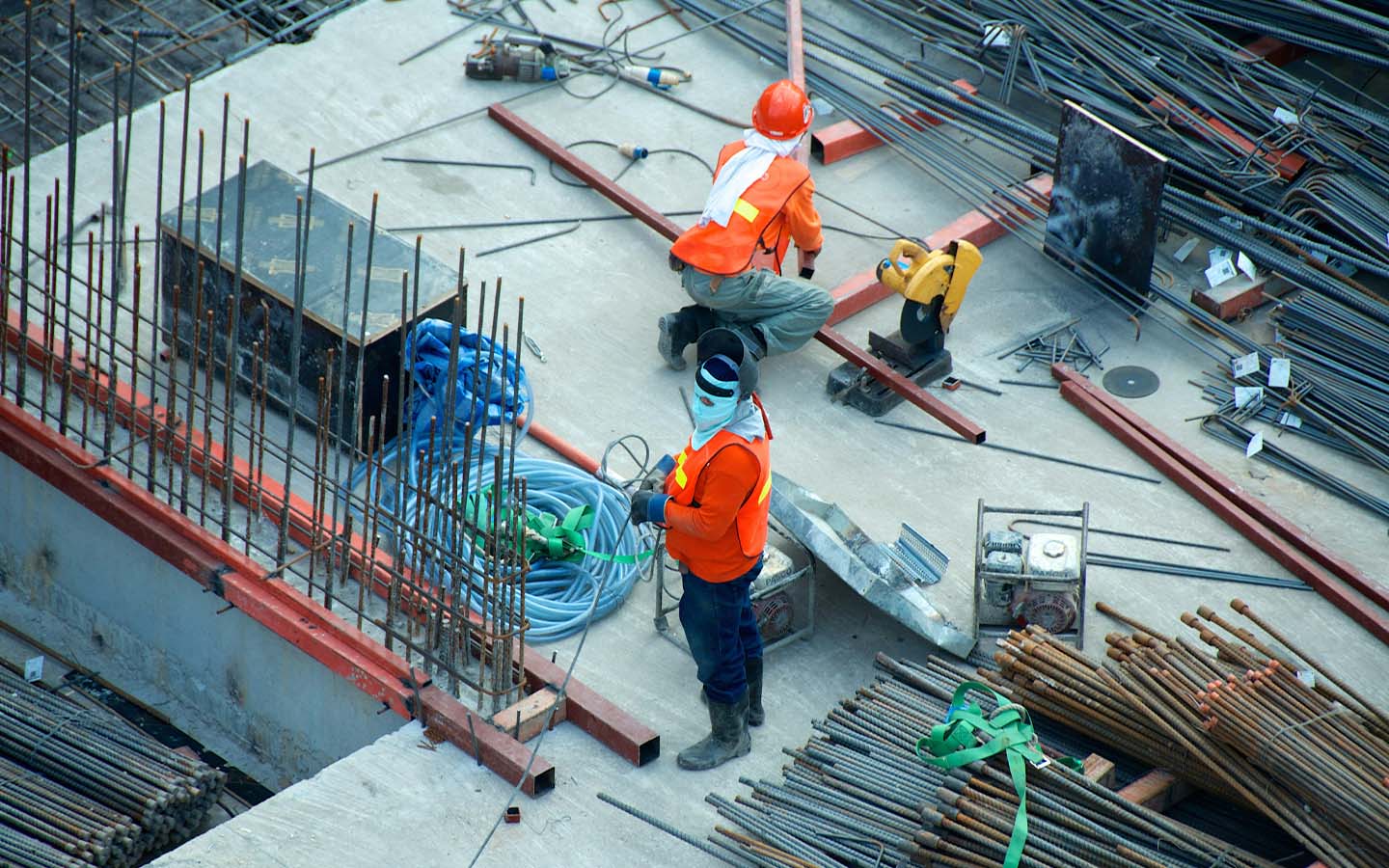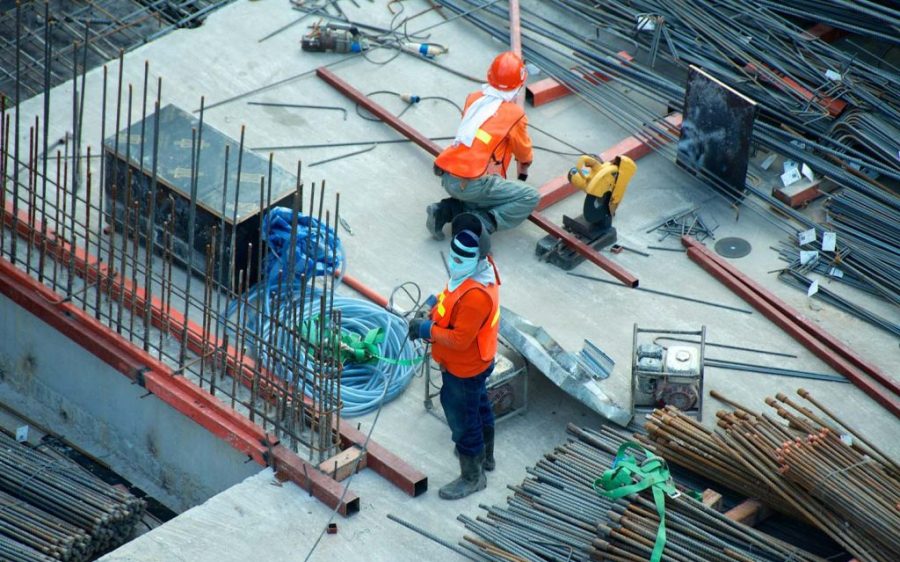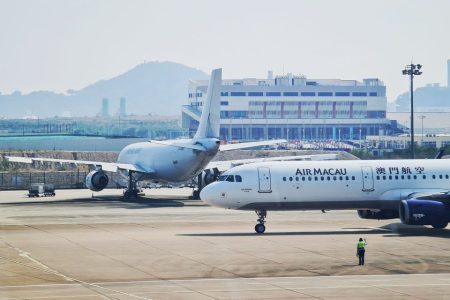There were 176,661 non-resident workers living in Macao at the end of December 2023, according to the Statistics and Census Service. That’s a 90-percent rebound since 2019, and an almost 22,000 increase over the same month in 2022.
In terms of nationality, mainland Chinese made up 69 percent of the migrant population (slightly increasing to 121,000). Philippine nationals came next, at 16 percent (28,800).
The Vietnamese still make up the third biggest group – 4 percent of all non-resident workers (7,800) – followed, at 3.5 percent, by Indonesians (whose numbers also rose slightly to 6,100).
[See more: Migrant workers are preferring other destinations to Macao]
Most mainland Chinese are employed in Macao’s hospitality industry, with a significant number also working in electricity, gas and water supply. The SAR’s Filipino, Vietnamese and Indonesian communities are all mainly employed as domestic helpers – of which there were a total of almost 25,800 at the end of last year (almost 5,000 off 2019’s figure).
The Macao government’s draconian Covid-19 policies caused an exodus of non-resident workers during the pandemic. Their return was sluggish in the earlier part of 2023, after the territory’s borders reopened.
Since then, government officials have acknowledged that migrant workers in certain sectors were “not choosing Macao” due to other destinations offering more benefits and better working conditions.






